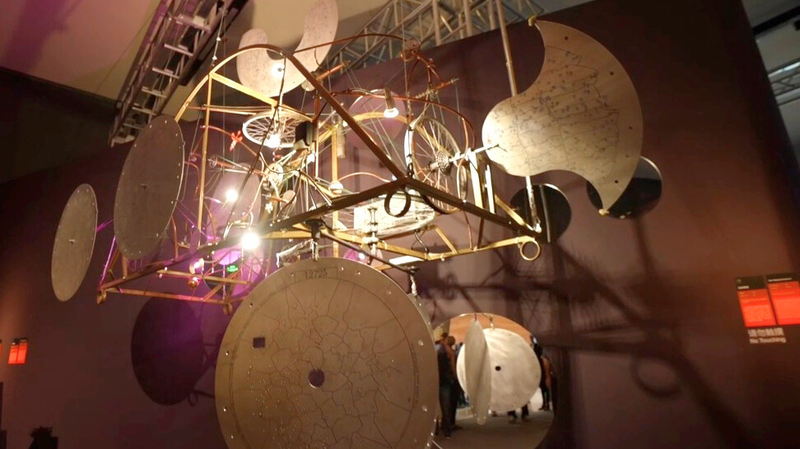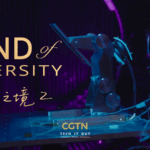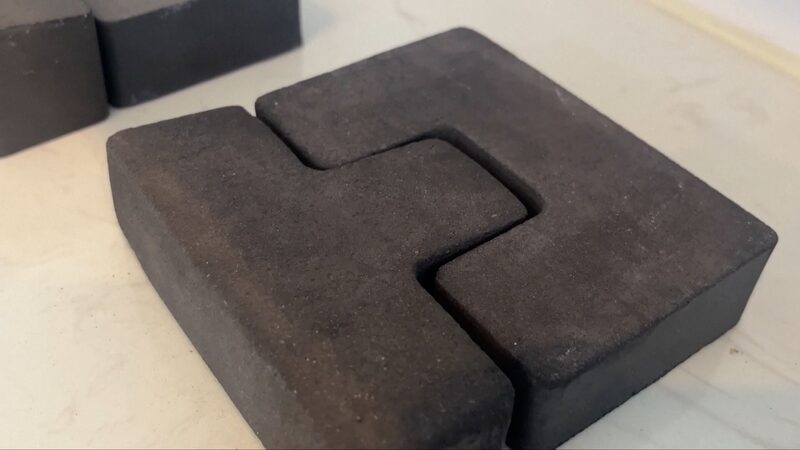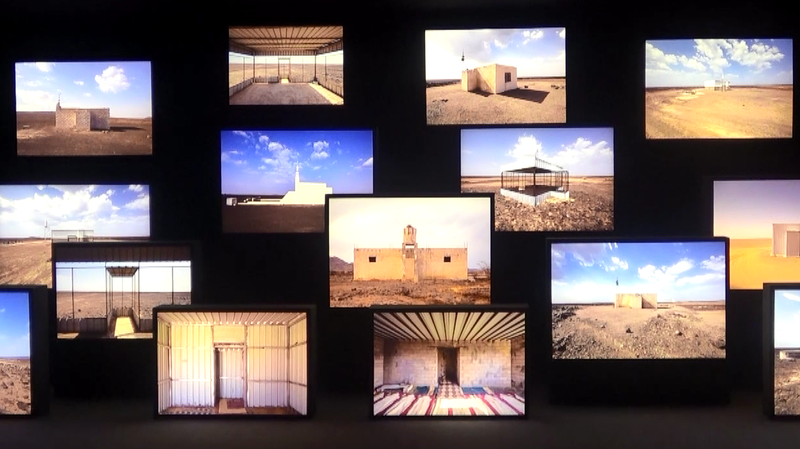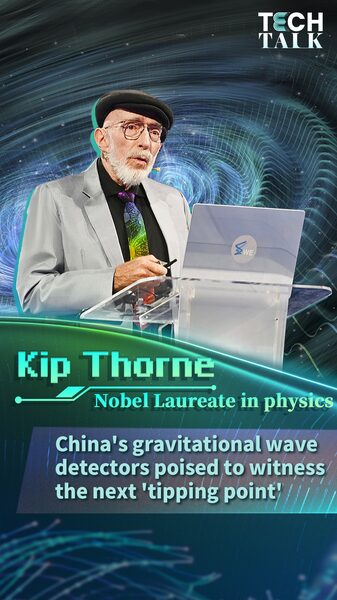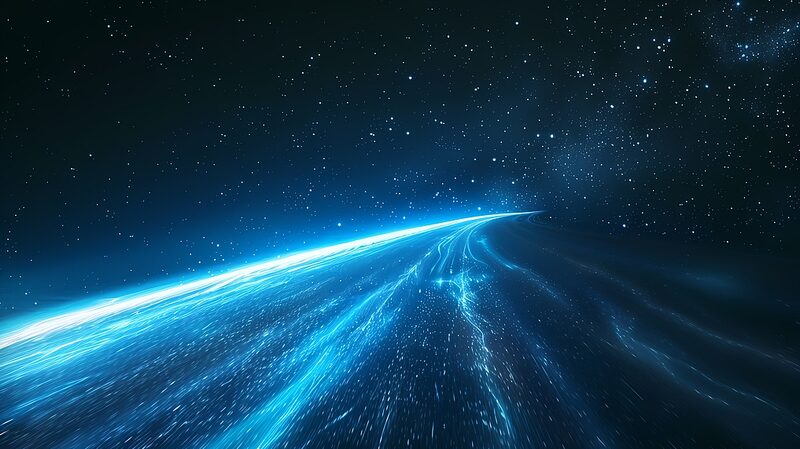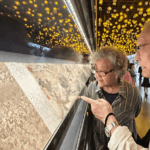How can humanity visualize the mysteries of the cosmos? The National Museum of China offers a compelling answer through its groundbreaking exhibition, where astrophysical data becomes immersive art. Scientists and artists have collaborated to transform signals from satellites, radio telescopes, and Mars rovers into pulsating light sculptures and responsive soundscapes.
Visitors navigate installations mimicking gravitational waves and walk through 3D projections of nebula formations. One highlight features real-time data from lunar orbiters converted into rhythmic mechanical movements by 40 suspended metal spheres – a literal “dance of the planets.” The exhibition particularly resonates with Asia’s growing space sector, drawing parallels to recent lunar missions by multiple Asian nations.
This fusion of STEM and creative expression attracts diverse audiences: tech investors observe commercialization potential in data visualization tools, academics analyze cross-disciplinary collaboration models, while families engage with hands-on exhibits explaining orbital mechanics through play. The museum reports a 40% increase in student group bookings since opening.
Reference(s):
cgtn.com
